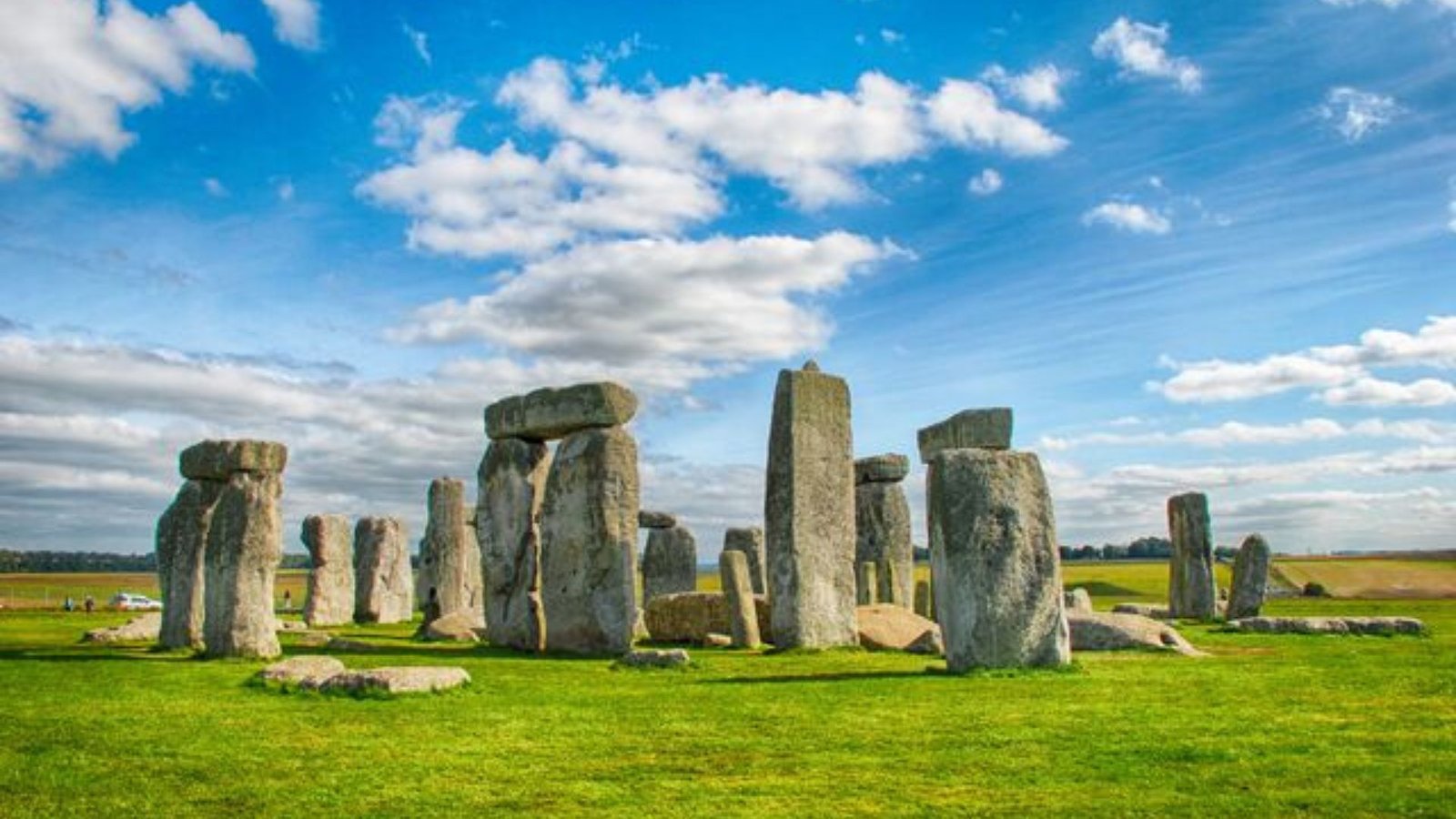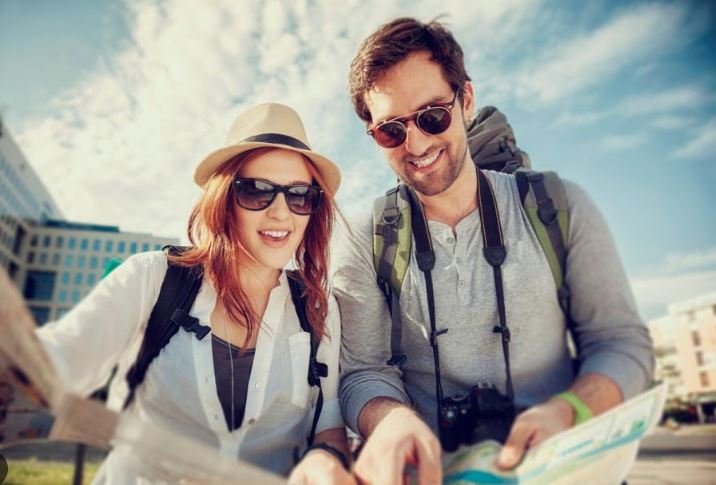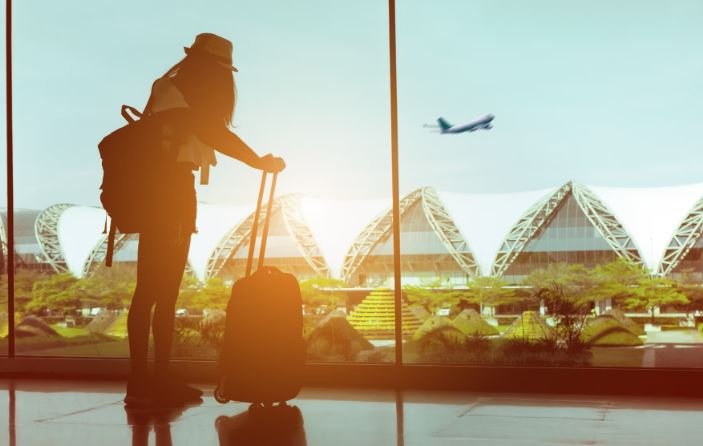Best Self-Guided Tours for History Buffs
If you’re passionate about history and enjoy exploring at your own pace, self-guided tours for history buffs offer an enriching experience. Whether you’re fascinated by ancient civilizations, intrigued by wartime history, or captivated by cultural heritage, these tours allow you to delve deep into the past while exploring fascinating destinations. In this article, we’ll give you the best self-guided tours for history buffs.
Exploring Ancient Civilizations
Self-guided tours for history buffs often include explorations of ancient civilizations. Places like Rome, Athens, and Cairo are rich in archaeological wonders that reveal the stories of empires long past. Wander through ancient ruins, such as the Colosseum in Rome or the Acropolis in Athens, and imagine life in these ancient societies as you uncover their architectural marvels and cultural practices.

Tracing War and Conflict History
For those interested in wartime history, self-guided tours provide opportunities to visit battlefields, war museums, and memorials. Locations like Normandy in France, Pearl Harbor in Hawaii, or the Hiroshima Peace Memorial in Japan offer poignant insights into significant moments of conflict. Walk through history where pivotal events unfolded and learn about the courage and sacrifices of those who lived through them.
Discovering Cultural Heritage Sites
Self-guided tours also cater to history buffs keen on exploring cultural heritage. Cities like Kyoto in Japan, Venice in Italy, and Petra in Jordan boast UNESCO World Heritage Sites that preserve unique cultural traditions and architectural splendours. Stroll through historic districts, visit ancient temples, and admire traditional craftsmanship that reflects centuries of cultural continuity.
Planning Your Self-Guided Tour
Before embarking on your historical journey, conduct thorough research to plan your itinerary. Identify key landmarks, museums, and historical sites you wish to visit.
Navigating Historical Landmarks
Once your itinerary is set, navigate historical landmarks using maps, GPS, or mobile apps designed for self-guided tours. These tools provide valuable information about each site’s historical significance, architectural details, and nearby points of interest. Take your time to explore each location, read plaques, and absorb the atmosphere that transports you to a different era.
Engaging with Local History
Enhance your experience by engaging with local historians, tour guides, or museum curators. Many historical sites offer guided tours or audio guides that provide in-depth narratives and insights into the context of historical events. Ask questions, participate in discussions, and gain a deeper understanding of the local history and its global significance.
Documenting Your Historical Journey
Capture memorable moments of your historical journey through photographs, videos, or journal entries. Documenting your experiences not only preserves memories but also allows you to share your passion for history with others. Share your discoveries on social media platforms or travel blogs to connect with fellow history enthusiasts and inspire others to embark on their historical explorations.
Embracing Unexpected Discoveries
While planning is essential, be open to unexpected discoveries along the way. Serendipitous encounters with lesser-known historical sites, local traditions, or hidden artefacts can enrich your journey and offer new perspectives on the past. Embrace spontaneity and allow yourself to wander off the beaten path to uncover hidden gems that enhance your historical exploration.
Respecting Historical Sites
As you explore historical sites on your self-guided tour, it’s important to respect the integrity and preservation of these places. Follow designated paths, adhere to site regulations, and refrain from touching or disturbing artefacts. By respecting historical sites, you contribute to their conservation and ensure they remain accessible for future generations to learn and appreciate.
Conclusion
Self-guided tours for history buffs provide a rewarding opportunity to immerse yourself in the rich tapestry of human history. Whether you’re drawn to ancient civilizations, wartime narratives, or cultural heritage, these tours offer flexibility, depth, and the freedom to explore historical wonders at your own pace.

















